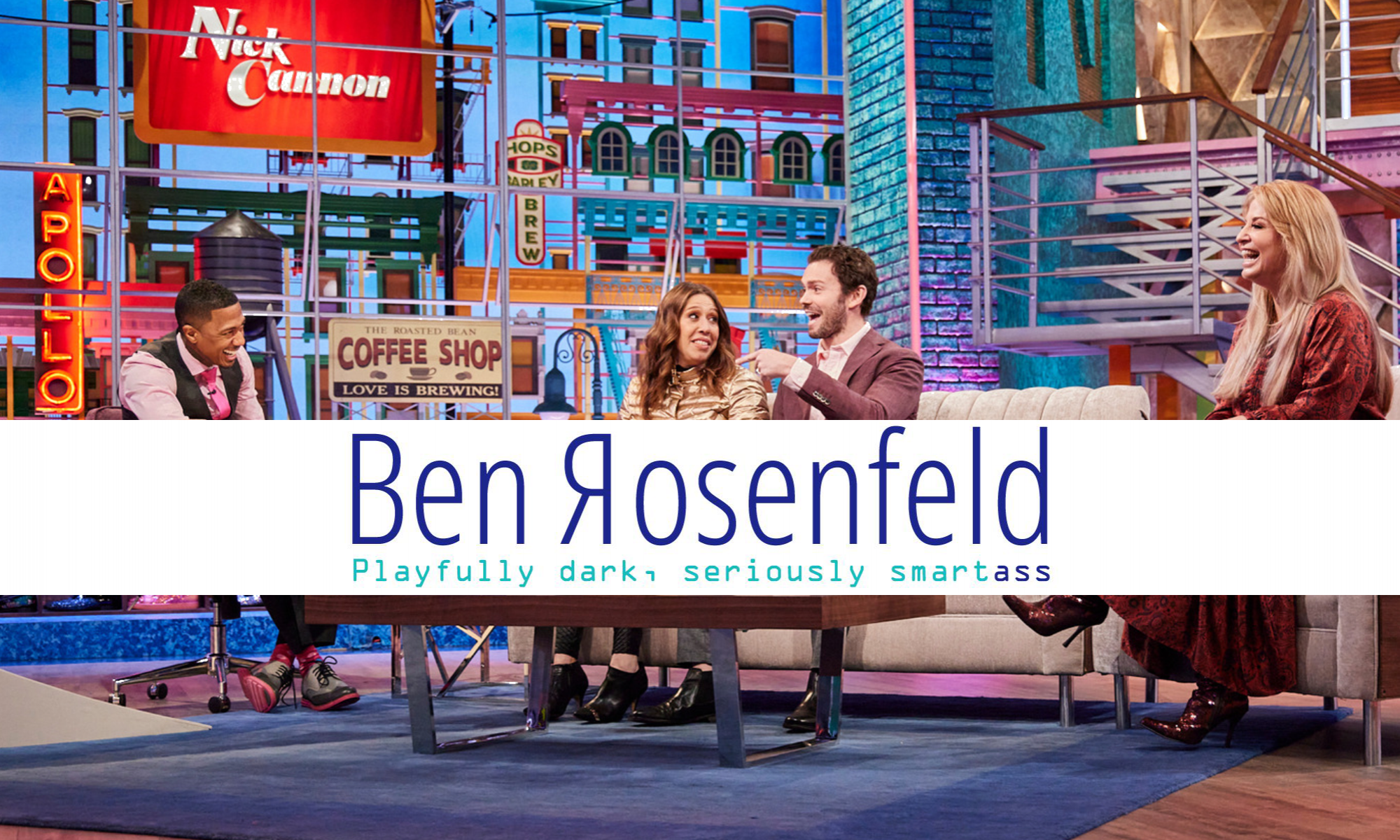Yesterday I introduced the basic idea of improvisational comedy. Today I present the five basic improv techniques that help turn a random one word suggestion into (hopefully) comedy.
Be Specific
When starting a scene try to answer the who/what/when/where/why/how in the first sentence or two. You’ll notice good improvisers start scenes with direct statements, not questions. You tell your partner who they are, and what their relationship is to you. Then they react to it. This relates to the concept of
“Yes and…”
Whatever your scene partner suggests, you should go along with it and try to add onto what is already being built. If she starts the scene by saying “Hey Randy, those crops sure are growing slow” a good response would take the information you just learned and add on to it by saying something like “Yes and they’re going to take away our farm any day now, honey.” This establishes where you are (on a farm), the situation (farm foreclosure is imminent) and the relationship between the two of you (married). A worse way to respond would be to say something like “Who the hell is Randy? I’m Scott the destroyer. The crops are taking so long to grow because we’re in a parking lot.” Your scene partner doesn’t have a lot to work with when you give such a response.
More advanced improv actors will also use the “no and” technique, where they deny some part of their partner’s statements but keep the scene moving forward.
Object Work
Object work is the ability to mime an object just using your body (usually your hands). Since you don’t know what environment you’ll be in beforehand (a ship, a steel factory or Mars are all possibilities) there are no real props to bring to the stage. Therefore you can help the scene’s realism by miming to the audience that you’re holding and drinking a beer, or driving a car, etc. While you can have a funny scene without object work, this helps the audience get into the moment and can even buy time when you want to think of your next line.
The best type of object work is if you’re talking about something completely different than the object you’re using. For example, you’ll be mopping a floor, implying you’re a janitor but stating that your 401k just dropped by 45%.
Emotion
As in stand up, half of the funny is in the delivery. The meaning and direction of a scene changes entirely based on the emotional subtext. The emotion behind a line like “I cant believe what just happened” influences where you and your partner take the scene. If the line is said happily, maybe the two of you just got engaged. If sad, grandma might’ve just got run over by a cement mixer. If angry, perhaps you caught your partner in bed with a goat.
One advanced technique is to start a scene with one emotion and gradually shift until the scene ends with you having a different emotion. For example, you start off sad about the fact that your wife is leaving to Africa for 3 months, but by the end after the two of you have a heated argument about if Michael Jordan could’ve won six titles without Scottie Pippen (nothing is too absurd for improv!), you become thrilled and can’t wait for her to leave. Even more advanced is when both you and your partner are each able to shift emotions during the scene.
Status
Status refers to the relationship between the two (or more) actors in a scene. You can be either high status or low status, and so can your partner. This sets up 3 different relationship dynamics: you’re both awesome, you’re both scum of the earth, and one of you is great and talking down to the scummy one. If your scene is a CEO who just killed someone talking to a secretary who just walked in and became a witness, the secretary would be in the position of high status. Status, in other words, refers to who has the power in the relationship. Like emotion, a good scene will have character’s who are able to shift from one status to another.
Additional Notes
Each improv scene should be part of the highlight reel of that character’s life and not something mundane. If you ever feel the scene getting boring, you can always say “I just realized that ___” and it will spice things up.
If you ever get stuck in a scene, ask yourself “what’s the relationship between these characters?” and do something to demonstrate that.
If you wanna take an improv class, I highly recommend The People’s Improv Theater.
If you wanna try stand-up comedy, I teach a Comedy Class in NYC. I also do private one-on-one comedy coaching (in-person or via Zoom).
More Stand-Up Comedy Tips:

